My recent exchanges with defenders of virology and germ theory on Twitter have really opened my eyes as to how entrenched the indoctrination has become and how critical thinking skills and logic have been entirely wiped away from many people. Not only is there a fundamental misunderstanding of the dogma that these individuals are attempting to defend, they do not even have a working knowledge as to what science is or how to distinguish real science from fake science, i.e. pseudoscience. They are at a complete loss as to what makes up the scientific method and why this process must be adhered to in order for the knowledge gained to be considered science. While this may be forgivable for the layperson, many of these people I interact with consider themselves scientists and educators. They are microbiologists, immunologists, researchers, and teachers. Not having an understanding as to what science is or is not supposed to be at that level is unforgivable. However, when one understands that the educational system, through the use of memorization and the repeated regurgitation of pseudoscientific rhetoric, is set up to churn out industry slaves who lack the ability to think critically and logically, it begins to make sense.
Perhaps these individuals are too close and far too heavily invested into the allure of the pseudoscience they've been taught as true science that they cannot see the forest for the trees. I know I have been a victim of such a scenario myself. When I started out as a personal trainer, I was a firm believer in utilizing supplements for health and personal wellness gains. I regularly read up on the latest whey protein and creatine products on the market. I was well-versed in the “wonders” of the various new formulas based upon the magazines that I read and was heavily influenced by; the very magazines that are financed by the supplement industry whose products were being promoted within these publications.
With my first personal training job, the gym I worked for provided further training and certification in nutrition and supplementation by bringing in a company that sold its own line of supplements. The spokesperson would come in and do intricate presentations with lots of excitement and energy about their products. We were taught how their products were made and how they were far superior to those found at the supermarkets, as their line was created using pharmaceutical manufacturing processes. This company proudly proclaimed that they were GMP certified, while the competitors were selling unregulated mystery compounds. We were sold on how their products would not only help our clients lose weight but also gain lean muscle mass and improved health.
I was a parrot for the company, hocking their supplements to my clients while making grandiose promises and claims about the potential benefits. I cited studies that I did not read and promoted benefits that were scientifically unproven. When clients complained that the multivitamin we sold turned their urine blindingly bright neon yellow, I regurgitated the company line that this was natural and meant that the body was absorbing the vitamins it needed while excreting those it could not use. This radioactive-looking urine was supposed to be the sign to the client that the product was “working.” We also sold protein cookies and brownies that were meant to replace the Chips Ahoy and Ho-Ho's people were consuming as part of an unhealthy lifestyle. If clients complained that they had made all the necessary dietary changes and were still gaining weight while eating the protein cookies and brownies, I reassured them that these were the “better bad food choices,” as I had been instructed to do, and that the clients were to practice moderation. I was a good soldier and I did as I was told. I made lots of money selling these products and I regularly used them myself. I was a true believer and remained as such until I left the company. Only when I stepped out of that environment and took a wider view of what I was doing, did I finally realize the errors of my ways.
Thus, it may be easier for those of us outside of the industry to examine it critically, and to do our due diligence in truly understanding the problems in the field, than those who are currently plugged into and benefitting from the system. In order to examine virology and its related fields honestly, I needed to let go of my preconceived ideas as to what “viruses” are as well as what led to disease. I had to refresh my understanding of what science is and what it is not. I needed a way to gauge the evidence presented in order to hold it accountable to an agreed upon standard. Understanding and utilizing these standards and criteria in order to critique the evidence is what sets those of us who are investigating these fields apart from those who are unwilling to examine the evidence critically themselves.
When I first started my journey into uncovering the fraud of virology, the barometer that I utilized to determine whether the evidence was valid or not was Koch's Postulates. This criterion was devised in 1890 by German bacteriologist Robert Koch and it includes four logical requirements that are necessary to be satisfied in order to claim that a specific microbe causes disease. They are as follows:
The microorganism must be found in abundance in all organisms suffering from the disease, but should not be found in healthy organisms.
The microorganism must be isolated from a diseased organism and grown in pure culture.
The cultured microorganism should cause disease when introduced into a healthy organism.
The microorganism must be reisolated from the inoculated, diseased experimental host and identified as being identical to the original specific causative agent.
This is definitely a logical criterion that should be satisfied if one is to claim that a microbe causes disease. However, many virology defenders angrily claim that the Postulates were developed specifically for bacteria and are thus not relevant for “viruses.” They also claim that Koch eventually abandoned some of his requirements in order to fudge…er, I mean, “confirm” his findings that certain bacteria are pathogenic. This is despite the fact that the WHO and many virologists disagree and state that the Postulates must be satisfied in order to prove a microbe is pathogenic. In any case, I explained why these arguments against the Postulates are irrelevant here.
While Koch's Postulates are still valid logical requirements, there is a much better method that must be adhered to first in order to establish and claim a causative relationship. We can side-step the angry rantings of those tearing down the Postulates that Koch built by sticking to the methods that built science. These steps are known as the scientific method. As there is quite a bit of confusion over the scientific method in those who claim to be scientists themselves, I want to explore why this process is absolutely essential as the barometer to distinguish science from pseudoscience and why it is necessary to hold virology and its related fields to this standard. Hopefully, through this exploration, it will be easier to understand what the true purpose of science is, why the scientific method is the only measure that is required, and how to identify pseudoscience that is fraudulently masquerading as the real deal.
To begin with, we need to examine what the purpose of science truly is. When investigating this topic, it will become readily apparent that there are many definitions for what science is supposed to be. However, we can see that there are core tenets shared in all of them. According to Merriam-Webster, science is defined as such:
knowledge or a system of knowledge covering general truths or the operation of general laws especially as obtained and tested through scientific method
https://www.merriam-webster.com/dictionary/science
In Webster's New Collegiate Dictionary, the phrase “concerned with the physical world” was added:
knowledge covering general truths of the operation of general laws, esp. as obtained and tested through scientific method [and] concerned with the physical world.
https://scienceline.ucsb.edu/getkey.php?key=1408
According to Vocabulary.com, science is an empirical field, i.e. based on observation or experience:
“Science is an "empirical" field, that is, it develops a body of knowledge by observing things and performing experiments. The meticulous process of gathering and analyzing data is called the "scientific method," and we sometimes use science to describe the knowledge we already have.”
https://www.vocabulary.com/dictionary/science
According to BiologyOnline.com, the body of knowledge is systemized and gained from observation and experience:
A systematized body of knowledge in the form of hypotheses, theories, principles, models or laws that have been conclusively drawn from observed or verifiable facts or from experimental findings gained basically from the application of the scientific method.
https://www.biologyonline.com/dictionary/science
And finally, from the Science Council, the understanding of the natural and social world through evidence is added:
As can be seen from these definitions, science is the systemized acquisition of knowledge about the physical and natural world that is based upon the evidence gained through observation and experimentation. The systematic process utilized to generate the evidence which leads to this knowledge is known as the scientific method, a series of logical steps that were designed to test a hypothesis in order to obtain a general understanding of what causes an observed natural phenomenon. The scientific method is primarily concerned with either establishing or disproving a relationship between two variables. While many in the sciences try to dispute that there should be a strict adherence to this method, it is clear that it is vital to adhere to this process in order to establish knowledge that is considered scientific. Even Wikipedia understands that science requires the use of the scientific method:
Scientific research involves using the scientific method, which seeks to objectively explain the events of nature in a reproducible way.[167]
https://en.m.wikipedia.org/wiki/Science
The steps that make up this method may vary a little depending on the source but there are core elements that are regularly found in all outlines. These include observing a phenomenon, establishing a hypothesis, testing the hypothesis through experimentation, and examination of the data to validate/invalidate the hypothesis. My favorite outline of the scientific method further expands upon all of these core elements by providing a few more details:
Observe a natural phenomenon
Alternative hypothesis
Independent variable (the presumed cause)
Dependent variable (the observed effect)
Control variables
Null hypothesis
Test/experiment
Analyze the observation/data
Validate/invalidate hypothesis
Let's examine each of these 6 steps briefly in order to provide greater clarity.
1. Observe a Natural Phenomenon
This may be the most controversial of the core steps as people try to argue over what is considered a phenomenon. However, there should be no confusion when we define the word as it is most commonly understood; a phenomenon is an observable fact or event. A natural phenomenon is an observable fact or event that occurs in nature that is not man-made nor influenced or manufactured by human engineering or intervention. The cause or explanation of this observation is in question which leads one to start to investigate the matter scientifically in order to provide an explanation. Observing a natural phenomenon is usually done through the senses either by sight, sound, taste, touch, and smell. However, some phenomena are unable to be detected directly through the senses and require enhancement through the aid of technology such as microscopes, telescopes, stethoscopes, etc. Some examples of natural phenomena which are not man-made include lightning/thunder, volcanic eruptions, weather, decomposition, earthquakes, fire, etc. It is through the observation of the phenomenon that the necessary questions are asked in order to move into the next step in the process, forming a hypothesis.
2. Alternative Hypothesis
The hypothesis is the foundation of the scientific method. It is an educated guess as to a possible explanation for what has caused the observed phenomenon. In order to have a valid hypothesis, there are two crucial elements that must be defined from the very start. These are the independent and dependent variables. The independent variable (IV) is the presumed cause of the effect that was observed. The IV must actually exist and be able to be varied and manipulated throughout experimentation to see what affects it may have, if any. It cannot be the end-result of the experiment. The dependent variable (DV), on the other hand, is the effect that was observed and that the researcher is looking to identify the root cause for. Unlike the IV, the DV cannot be directly manipulated as it is entirely dependent upon the manipulation of the IV.
Once both variables are identified, a hypothesis can be formulated. This is written as an if-then statement and drawn up as a possible explanation as to what may happen to be discovered upon experimentation. An example would look like this:
“If I water my plant every day, then it will grow.”
In this example, the water is the IV while the growth rate of the plant is the DV. Along with these variables, there are other factors that must be identified as well, known as control variables. These are the factors that may influence the outcome of the experiment. In our example, these could include the amount of sunlight, the type of soil, the time of day, the temperature, the weather, indoor or outdoor environment, etc. Control variables must be accounted for and must remain unchanged throughout the course of the experiment. This is to ensure that any effect attributed to the IV was actually a result of the IV alone and not due to other confounding factors.
3. Null Hypothesis
An absolutely essential component of the hypothesis is that it must be falsifiable, meaning that it can be proven wrong. This is why one must also be able to establish a null hypothesis, which assumes that there is no relationship between the IV and DV. In other words, it is the exact opposite of the alternate hypothesis. Using our earlier example, it would be written simply as such:
“If I water my plant every day, it will not grow (or it may grow less or may die).”
It is this very concept of falsifiability that is a hallmark of true science. If one is repeatedly unable to falsify the alternate hypothesis, this is a very strong indicator that the results are indeed valid scientifically.
4. Test/Experiment
It is at this stage where the real heart of science takes place. In order for the knowledge gained to be considered scientific, the hypothesis must be testable through experimentation. This is where the hypothesis will either be proven or disproven in regard to the causal relationship between the IV and the DV. The experiment must focus on only changing one variable at a time and must be repeated numerous times. The main experiment will coincide with control experiments to ensure that the hypothesized results are only seen with the experimental group. In order to be considered a success, the expected results must not be seen in the control group and must be reproduced more than once.
Going back to our water and plant example, we could plant seeds in two identical pots with the same soil. We would need to figure out how much water we want to use and then water our experimental pot daily while our control pot receives water once a week. As the plants grow, the height of each plant would be measured to see if the amount of water had any effect on the growth of the plant.
5. Analyze the Observation/Data
After experimenting, the data is collected and ready for analysis in order to confirm or reject the hypothesis. This is rather self-explanatory. In our plant scenario, the heights would be measured to see what kind of difference may have been noticed. Did the experimental plant grow faster? Or perhaps daily watering resulted in over-watering and the death of the plant. How did the results compare with the control? Which plant fared better overall? Once completed, the experiments can be run again, if validated, in order to see if the results are repeatable and reproducible.
6. Validate/Invalidate Hypothesis
This is another self-explanatory step. Either the experiment produced the intended result, thus confirming the alternative hypothesis, or it did not, thus confirming the null hypothesis. If it did not confirm the alternative hypothesis, then it is back to the drawing board to either come up with a new hypothesis and/or examine the variables which may have impacted the experimental results.
Once the basics of the scientific method are understood, it should be easy to apply this criterion to any of the sciences in order to see how they stack up. The scientific method is the barometer that I have relied upon in order to critique virology and its related fields. We can use virology as an example for how this can be done. Starting with the observation of a natural phenomenon, the best that virologists can do is point to shared symptoms in sick patients. However, they can do nothing more than guess as to what could be the potential cause as, beyond speculating that fluids from coughing and sneezing may transfer disease, virologists cannot witness disease being transferred from person-to-person. In fact, many experiments outright debunked the possibility that the fluids could transmit disease, most famously outlined during the Spanish flu with the experiments performed by Milton Rosenau in 1918. As researchers could not pin many instances of disease on a bacterial agent (if any), they had to dream up the idea that something smaller than the bacteria was hiding within the fluids of a sick patient. Unfortunately for virology, this is where the entire field encounters its fatal flaw. Virologists have never been able to directly demonstrate the existence of “viruses” either within the fluids of sick patients or within the environment. They are unable to purify (free of contaminants, pollutants, foreign materials) and isolate (separate from everything else) the assumed “viral” particles from the host and the environment. As they have never been able to identify their independent variable nor do they have the IV on hand from the very beginning, there is no ability to create a valid hypothesis. Without establishing the existence of the IV and without the creation of a testable and falsifiable hypothesis, virology cannot even get to the experimental stage in order to generate the data to verify their non-existent and untestable hypothesis. Thus, virology fails to even get off the ground in adhering to the scientific method.
However, this has not stopped virologists from experimenting anyway and claiming that their results, created from these fraudulent endeavors, indirectly prove the existence of the entity that they cannot directly show within the fluids. This is in large part thanks to the cell culture method that was devised in 1954 by John Franklin Enders as he attempted to “isolate” the measles “virus.” As virology could not find their IV (the “virus”) within the fluids or the environment, they decided to create their IV by taking the fluids of a sick patient and mixing them with monkey kidney cells in a Petri dish full of kidney-toxic antibiotics, antifungals, fetal bovine serum, minimal nutrients, and other chemicals and ingredients. In doing so, they created their own DV called the cytopathogenic effect (CPE), which is the breakdown of the cell into smaller pieces as it dies from being poisoned. Virologists then claim that the effect that they experimentally create and observe was directly caused by the “virus” that was never shown to exist before the experiment ever took place.
It should hopefully be very clear how this series of events are the exact opposite of the scientific method. The “virus” is assumed to be present from the start but is never on hand as an IV that can be varied and manipulated. The CPE generated in the Petri dish is not a natural phenomenon that was observed, but is instead a lab creation. There is no possible way to establish a valid hypothesis as both the IV and the DV do not exist in a natural state from the start. They are lab-created artifacts that only exist after experimentation and never before. Proper controls are regularly ignored and when they are performed, the results show that no “virus” is ever necessary in order to get the same cytopathogenic effect. There are many known examples which can bring about this effect such as bacteria, parasites, antibiotics and antifungals, the age of the cell, contamination, the act of passaging, etc. This knowledge has not stopped virologists from claiming that the results generated from these unscientific methods are scientific. However, they are not scientific at all. In fact, these results are the exact opposite. They are pseudoscience.
Pseudoscience is exactly what it sounds like: fake science. The problem is that pseudoscience can look and act just like the real thing to anyone who is unfamiliar with how to identify it. Fortunately, there are some telltale characteristics of pseudoscience that can be used to set it apart, such as:
Making up explanations to fit any observed outcomes.
The “virus” caused the CPE or, if not present, there was a non-CPE producing “virus”
The misuse of the commonly held definitions for words.
Purification and isolation = mixing many contaminants together in a petri dish
The use of rescue device explanations for contradictory results.
Asymptomatic carriers of disease
Sample was taken too early to show antibodies
Claims presented as scientifically established when they are not.
“SARS-COV-2” is the etiologic agent of a new disease called “Covid-19”
For further insight into what makes up pseudoscience, I want to share a few excerpts from an article I came across discussing this topic. In this first excerpt, what we will see is that, while pseudoscience may appear logical to an extent, it is ultimately unfalsifiable. This is by design, as shown by virology and its many escape clauses:
Non-science
Pseudoscience
“Non-science may be logical, or even "true" by certain criteria. But if something is unobservable, untestable, unpredictable, or inconsistent, or if it exists outside the natural world and does not abide by natural laws, then it is beyond the scope of scientific inquiry. It cannot be tested and therefore predictions or explanations regarding its nature, behavior, cause, or effect cannot be verified nor can they be falsified. For example, many cultures and religions around the world describe the concept of a human soul or spirit. However, since that is not something Science is able to directly test or observe, then it is considered non-science (i.e., not scientific).
The author notes that an area of study is beyond the scientific scope if it is:
Unobservable
Untestable
Unpredictable
Inconsistent
Exists outside the natural world and does not abide by natural laws
Think back to how the “virus” itself is unobservable, that the results can be inconsistent and are regularly explained away, and that, as a non-living entity, a “virus” is outside the natural world and does not abide by the natural laws. The “virus” belongs to what immunologist Paul Ehrlich described as “the realm of the invisible.” Or, as most would call it, the imagination.
In this next excerpt, the author goes on to note that if it cannot be tested, “predictions or explanations regarding its nature, behavior, cause, or effect cannot be verified nor can they be falsified.” He provides an excellent example from popular ghost hunting shows as to how technology and the derived measurements can be used to claim the presence of something that may not exist in reality but only as a belief. It is a great analogy for virology and its related fields:
"But, Mr. Franklin!" I can hear you saying, "I've watched shows on TV where ghost hunters used all sorts of sophisticated scientific instruments to document the paranormal!" Indeed, hucksters often try to dress-up non-science with scientific-seeming sights and sounds. They explore so-called "haunted" houses with infrared thermometers, EMF meters, anemometers, and other instruments like those shown below, on the belief that ghosts cause fluctuations in electromagnetic fields, cold spots, or breezes. The problem is, however, that none of these claims can be falsified, meaning they cannot be disproven. If a ghost hunting team fails to record any significant data, then they may claim the ghost didn't show up or wasn't powerful enough. On the other hand, any variation in data is taken as evidence that suggests the presence of a ghost! There's no way to disprove the existence of ghosts beyond pointing out the lack of strong evidence.”
https://franklinscience.weebly.com/science-vs-non-science.html
Essentially, what the above information is pointing out is that, in order to be considered scientific, the evidence gained must have been obtained through the adherence to the scientific method. If it is derived in any other manner and is unable to be observed, tested, and falsified, it is pseudoscience. Many have argued over such a simplified distinction, but this is backed up by various definitions of what pseudoscience is.
According to Oxford Languages, pseudoscience is defined as such:
a collection of beliefs or practices mistakenly regarded as being based on scientific method.
https://languages.oup.com/google-dictionary-en/
According to BiologyOnline.com:
Any body of knowledge, methodology, belief, or practice purported to be scientific but which fails to comply with the scientific method, lacks supporting evidence, or cannot be tested in practice or in principle.
https://www.biologyonline.com/dictionary/pseudoscience
According to TechTarget.com:
Pseudoscience is a proposition, a finding or a system of explanation that is presented as science but that lacks the essential rigor of the scientific method.
https://www.google.com/amp/s/www.techtarget.com/whatis/definition/pseudoscience%3famp=1
According to Study.com:
Pseudosciences often appear to be a genuine science, but they do not follow the scientific method.
https://study.com/learn/lesson/pseudoscience-overview-examples.html
And once again, even Wikipedia understands that without the scientific method, it isn't science:
Pseudoscience consists of statements, beliefs, or practices that claim to be both scientific and factual but are incompatible with the scientific method.
https://en.m.wikipedia.org/wiki/Pseudoscience
We see a very familiar common denominator in all of these definitions:
Pseudoscience does not adhere to the scientific method.
It truly is that simple. If you understand the method and you know what you are looking for, that is all you need in order to be able to distinguish between real and fake science. Thus, we can easily see that if something is claiming to be science, but it does not adhere to the scientific method, it is, by definition, pseudoscience. As shown above, virology does not follow the scientific method and is pseudoscience. One can easily apply this criterion to the related fields surrounding virology (immunology, genomics, epidemiology, etc.) and come to the same conclusion.
A major problem in the sciences right now, which has inevitably led to the current issues regarding the reproducibility crisis and the inability to trust much of what is considered scientific research, is a lack of standardization. While the scientific method exists as a means to weed out fake science and it is meant to be adhered to for this very reason, it is regularly ignored or even disparaged, either by those in the scientific community or in the media. It is clear that many of the papers that are published today do not follow the very process that was established long ago to ensure the validity of the evidence being accepted as scientific. When these criteria are applied to what has been published, it becomes alarming how much scientific evidence is, in actuality, pseudoscientific evidence falsely presenting as the real deal.
Why are people in the sciences so ready and willing to abandon the scientific method in order to engage in and defend pseudoscience? Perhaps it is because the scientific method simply is not being taught as well as it should be. In an exchange on Twitter with a person who was in a teaching position, it was immediately clear that they did not understand the scientific method at all nor its importance. When I pressed for information that showed that the foundational evidence for the topic we were discussing actually adhered to the scientific method, I was provided a link to the textbook Lehninger Principles of Biochemistry 9th Edition as proof that the work discussed adhered to the scientific method. However, I immediately found that the textbook made no such claim. In fact, in the over 1100 pages of principles related to biochemistry, the scientific method was only ever mentioned twice, and never in connection with the work we discussed. These were the two sole mentions:
“The scientific method sometimes advances an issue slowly, and a truly insightful experiment can be difficult to design.”
And:
“A key feature of the scientific method, as Albert Einstein once summarized it, is “No amount of experimentation can ever prove me right; a single experiment can prove me wrong.”
In the end, this individual admitted that the foundational paper we discussed did not adhere to the scientific method, and was thus, by definition, pseudoscience. However, this acknowledgement did not deter their belief in the slightest as it was suggested that later research eventually did follow the scientific method. No evidence was ever presented backing up this claim. This should be shocking to anyone with an ounce of intellectual honesty. If the people in these teaching positions do not understand the scientific method, easily accept pseudoscientific findings, and teach from textbooks that do not even provide a rudimentary explanation of what it entails, how can we expect those who are the future of the scientific research to uphold these necessary standards? How can we trust that the papers of tomorrow are scientifically sound rather than cleverly disguised pseudoscience? How can we accept the evidence that has come before for which these future papers are to be built on top of? It is time to demand that the evidence being presented as science adheres to and upholds the necessary standards that were established to flush out fraudulent results. It is time to challenge scientists to demonstrate how their given fields live up to this standard. We must use the scientific method as the barometer to examine the foundational papers in a given field in order to see what passes muster as true scientific knowledge and what ultimately falls into the category of pseudoscience. I imagine many will be surprised at how little can actually be classified as science when all is said and done. It is time for the evidence being sold as science to be held to the established scientific standard as it should have been done from the very beginning.
I want to acknowledge the impact that Dr. Jordan Grant has had on my understanding of what science truly is. For those unfamiliar with Dr. Grant, or “Mr. Scientific Method” as I like to call him, he has been instrumental in bringing the scientific method into the virology discussion. His inspiration has led to people like Dr. Andrew Kaufman, Dr. Tom Cowan, Alec Zeck, and many others hammering on virology’s lack of adherence to the scientific method. Dr. Grant has done an amazing job of highlighting the many logical fallacies inherent in these fields as well. Presented below is an amazing 2-part presentation that he put together covering science, pseudoscience, and the scientific method that is a MUST WATCH for anyone desiring a greater understanding. Please take the time to learn from this masterful presentation.
Speaking of science,
is back with a primer on “viruses."Mike Donio also tackled the gain of fiction narrative here.
took a look at the Ivermectin double-cross and explored how this and other pharmaceutical poisons accumulate in our bodies and the environment. took a look at the latest war on birds in her newest video.

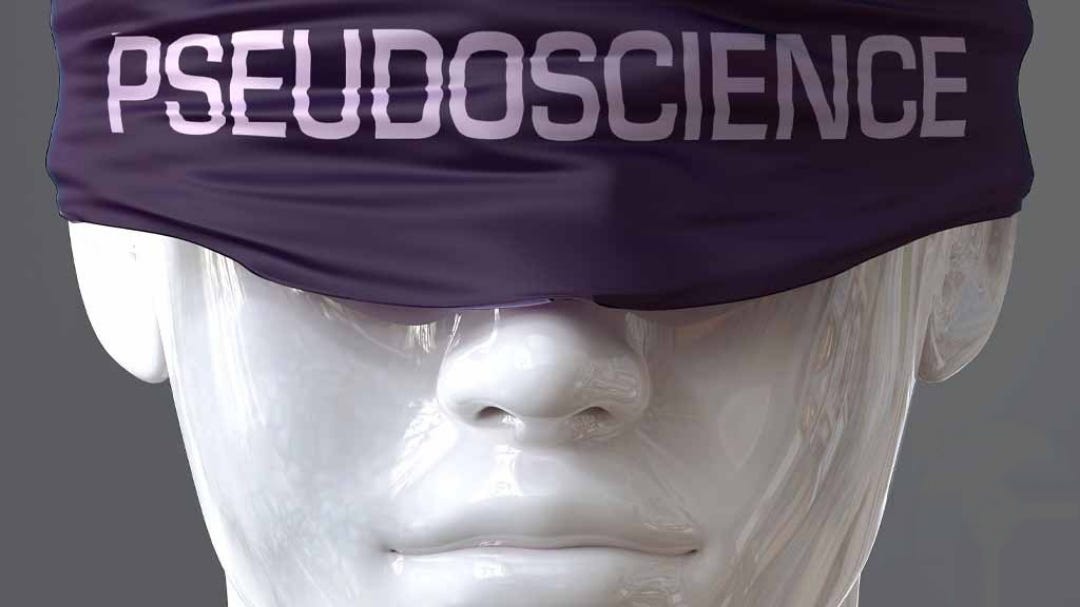
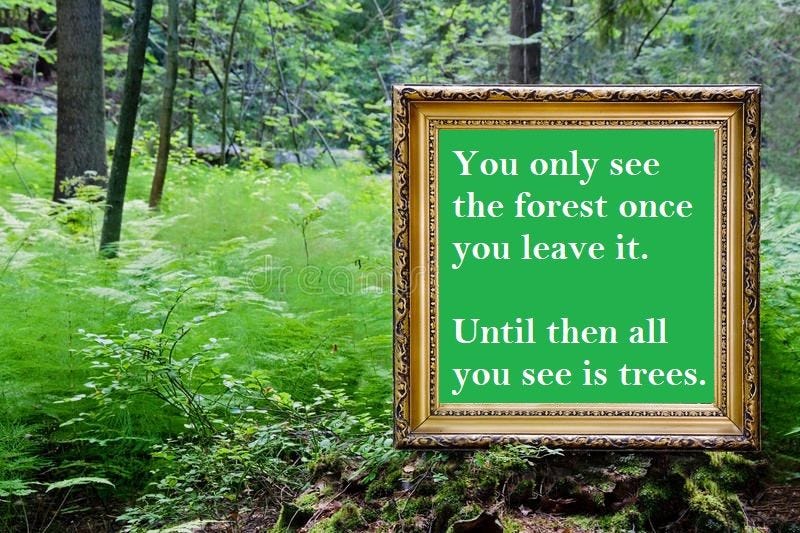
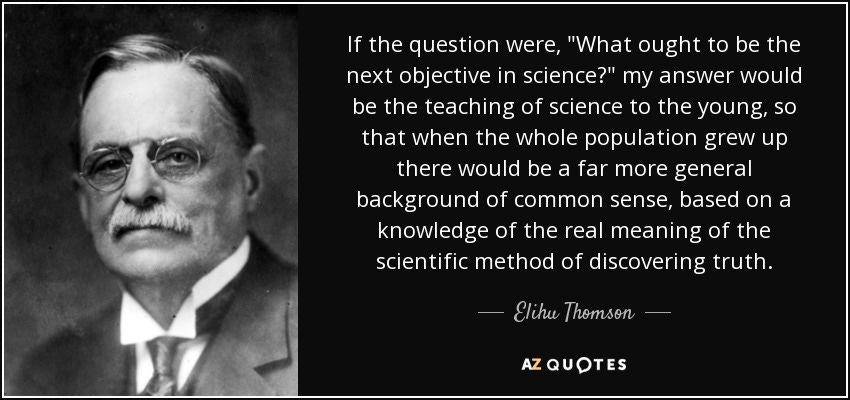
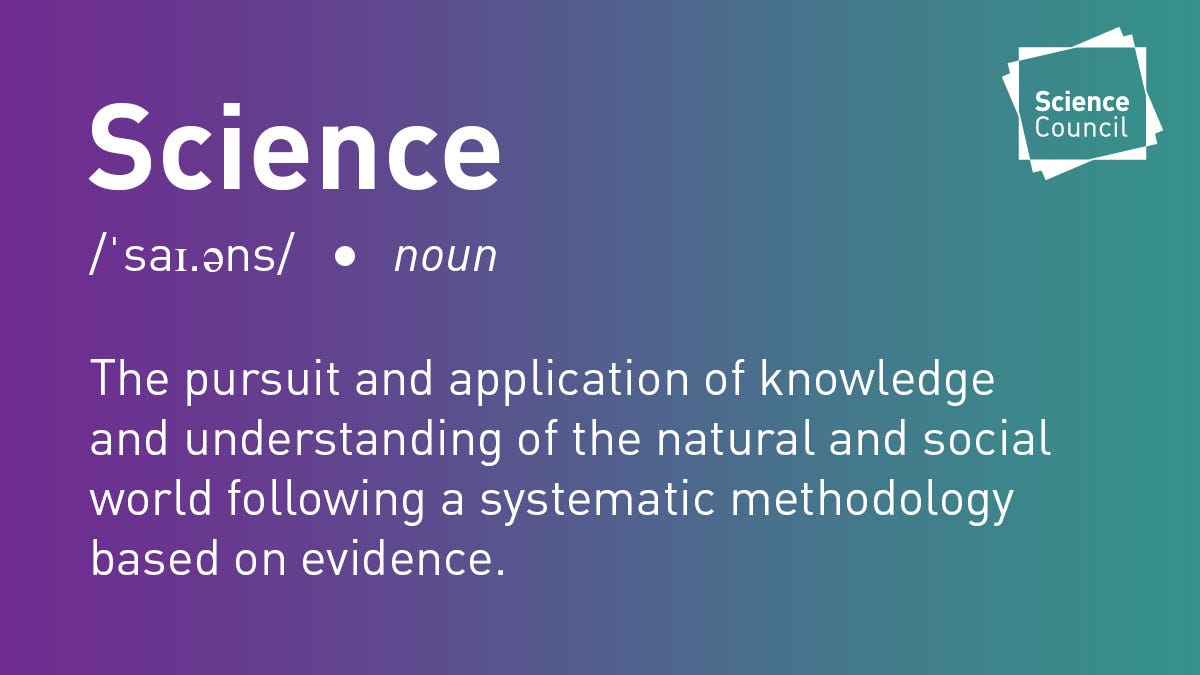
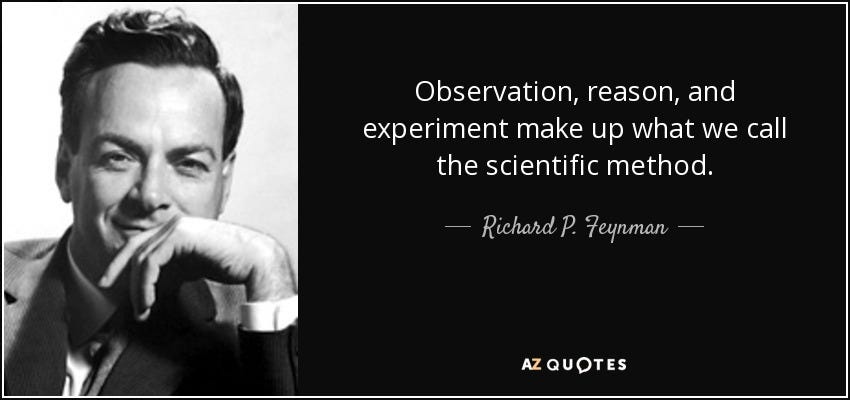
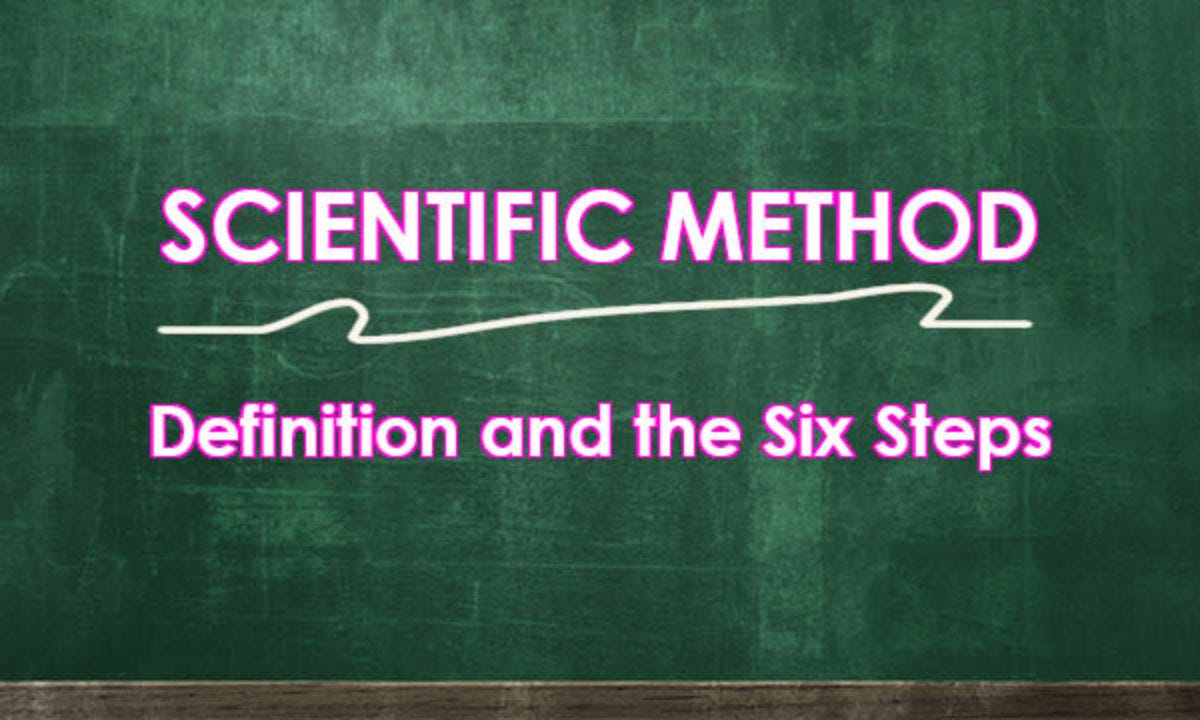
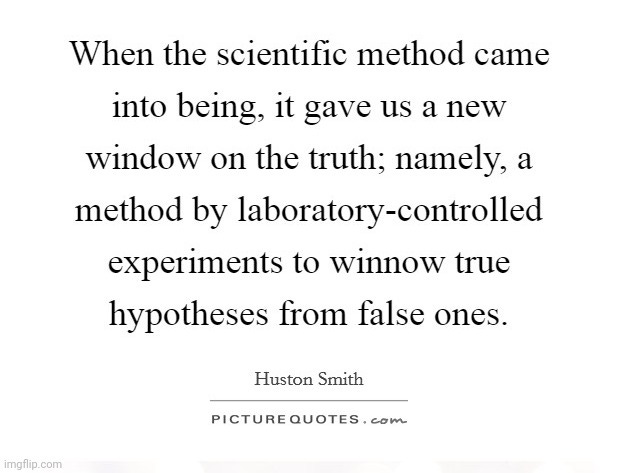

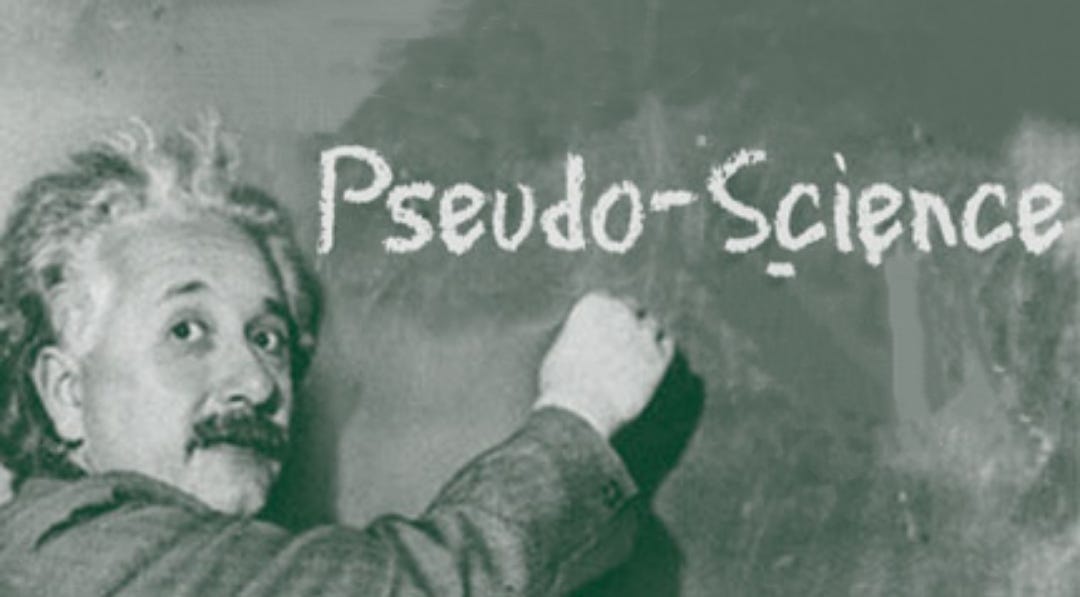
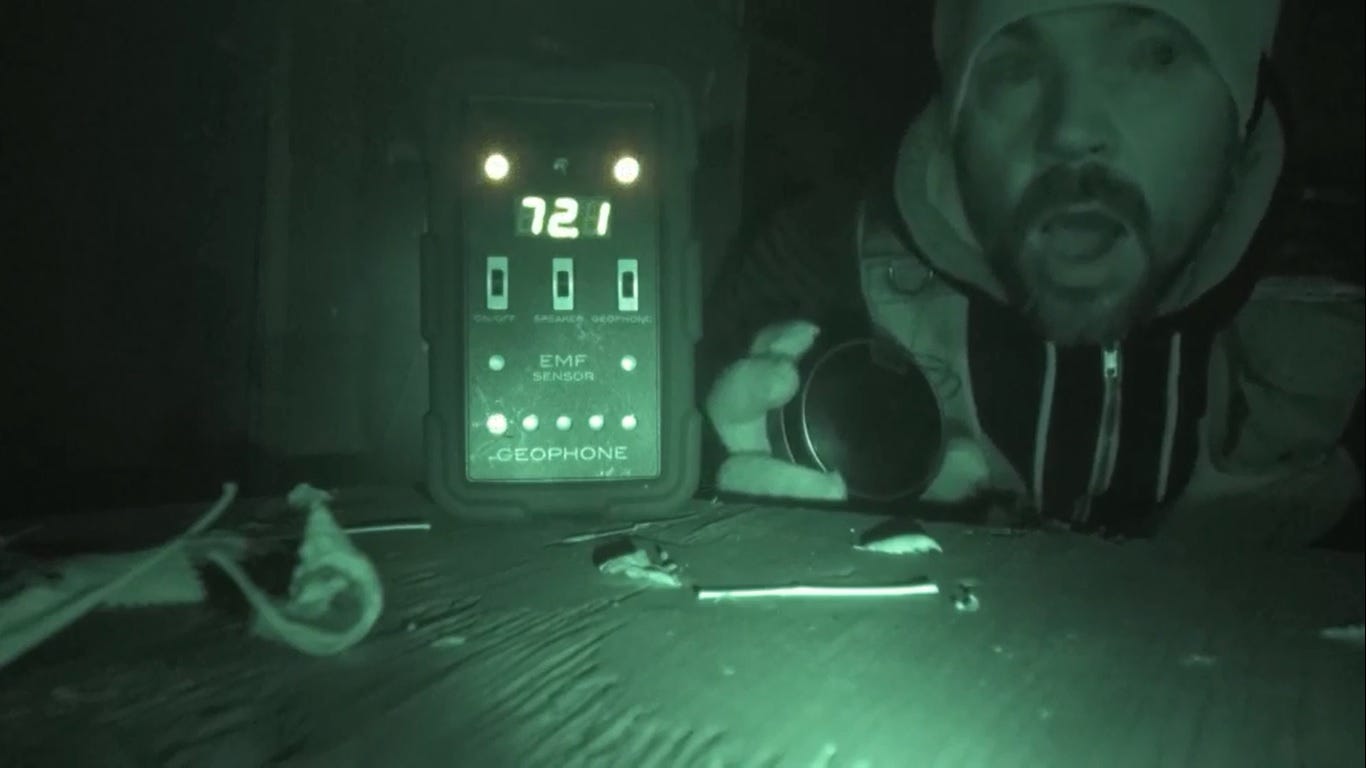
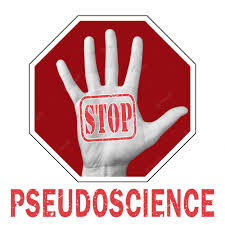




Excellent and easy to understand article. Thank you!
Great summary, Mike! it seems to me that the most powerful argument that can be made against Virology is the lack of a control group. That is, if we keep all the variables the same but now proceed to contrast the fluid samples taken from healthy host. if the DV results in the same conclusion, the case is closed. The null hypothesis is accepted!